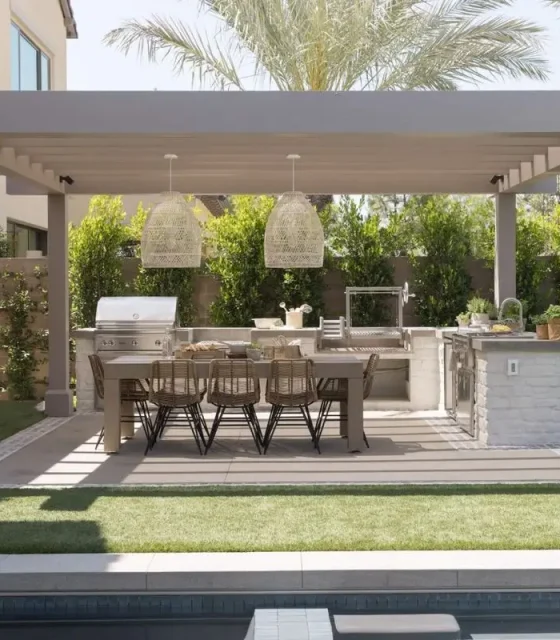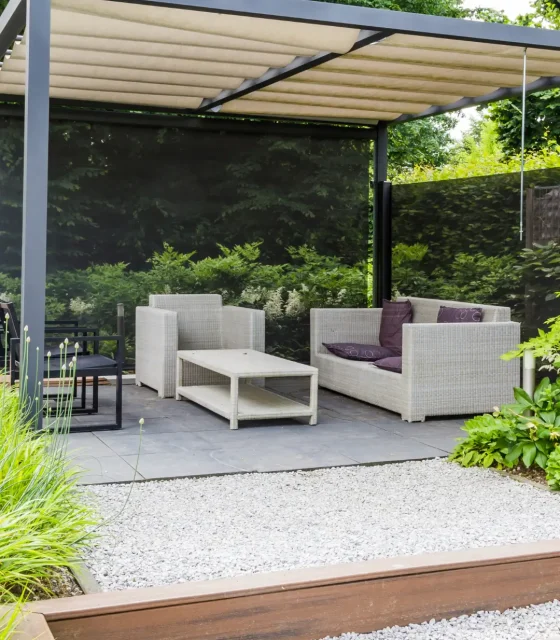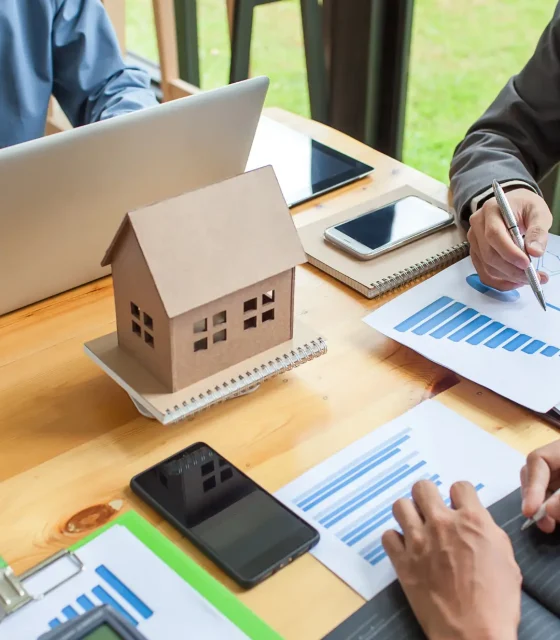Why Is Future-Proofing Essential When Building or Rebuilding a Home in Melbourne?
Building or rebuilding a home is one of the most significant investments a homeowner can make. In Melbourne, where lifestyle needs, technology, and building regulations are constantly evolving, it’s essential to design a home that stands the test of time. At Radevo Living, we specialize in helping homeowners create homes that are not just stylish today but remain functional, efficient, and valuable well into the next decade.
This comprehensive guide covers practical strategies, design trends, sustainable technology, and construction techniques to help you future-proof your rebuilt home.
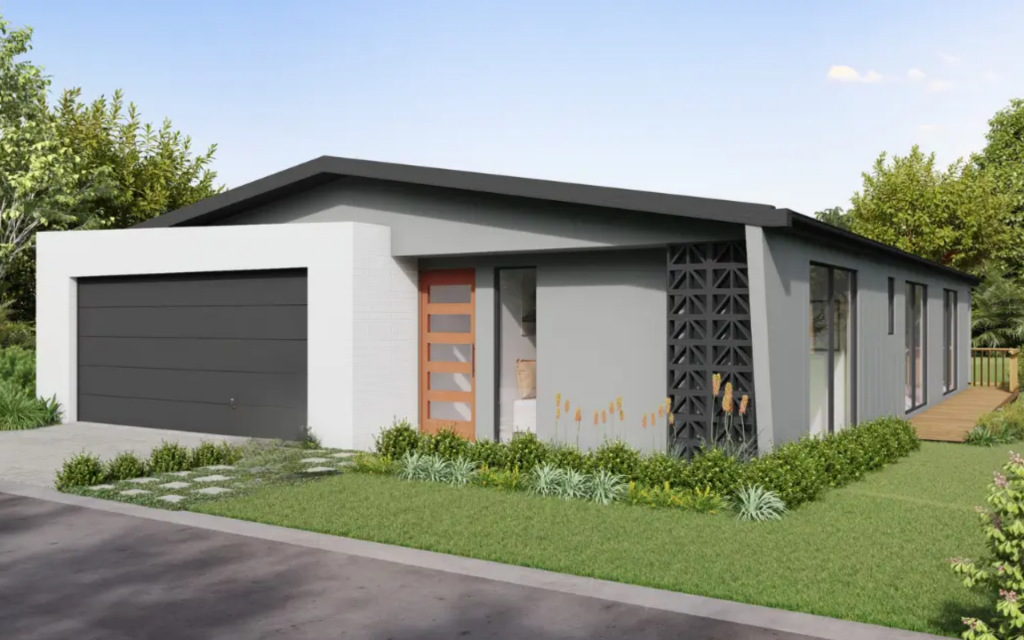
Why Future-Proofing Your Home Matters
- Increasing Property Value
Homes built with future-proof principles such as energy efficiency, smart technology, and flexible layouts are more appealing to buyers. Future-proof homes in Melbourne’s competitive market hold their value better and often attract a higher resale price.
- Reduced Maintenance and Operational Costs
Durable materials, energy-efficient systems, and clever planning mean fewer repairs, lower bills, and less ongoing maintenance, saving homeowners significant money over time.
- Adapting to Changing Lifestyles
Families grow, work-from-home setups emerge, and technology evolves. Future-proof homes are designed to adapt, minimizing the need for expensive renovations.
- Compliance with Future Regulations
Building codes and energy efficiency standards in Victoria are continually updated. A future-proof design ensures long-term compliance, avoiding costly retrofits or penalties.
Flexible Design and Layout for Longevity
Open-Plan & Multi-Purpose Spaces
Open-plan layouts and multi-purpose rooms allow homes to adapt to changing needs. Examples include:
Living areas that can double as home offices or playrooms
Rooms with movable partitions for flexible use
Spaces easily convertible to multi-generational living setups
Expansion-Friendly Design
Design your home with future expansions in mind. Leave structural provisions for additional rooms, lofts, or outdoor extensions. This ensures your home can evolve with your family’s requirements without major structural changes.
Energy Efficiency and Sustainability
High-Performance Insulation & Windows
Using modern insulation in walls, ceilings, and floors reduces energy loss. Double or triple-glazed windows further improve thermal efficiency, maintaining comfort and reducing heating/cooling costs.
Renewable Energy Integration
Installing solar panels and battery storage systems future-proofs your home against rising electricity prices while reducing your environmental footprint.
Smart Energy Management
Smart energy systems allow homeowners to monitor and control usage efficiently, making adjustments to lighting, heating, and cooling as needed.
Smart Home Technology
Connected Living
Integrating smart home devices now ensures compatibility with future technology upgrades. Features to consider:
Automated lighting and climate control
Voice-activated assistants (Alexa, Google Home)
Security cameras and smart locks
App-controlled irrigation and pool systems
Wiring and Network Infrastructure
Install flexible wiring, Ethernet cabling, and central hubs to accommodate future smart devices and increased connectivity demands without costly retrofits.
Water Efficiency and Eco-Friendly Solutions
Rainwater Harvesting & Greywater Systems
Rainwater tanks and greywater recycling can supply toilets, irrigation, and laundry systems, lowering water bills and reducing environmental impact.
Smart Irrigation Systems
Automated irrigation systems can adjust watering schedules based on weather and soil moisture levels, conserving water while maintaining gardens.
Water-Saving Fixtures
Low-flow taps, dual-flush toilets, and efficient showerheads reduce consumption and help your home remain sustainable long-term.
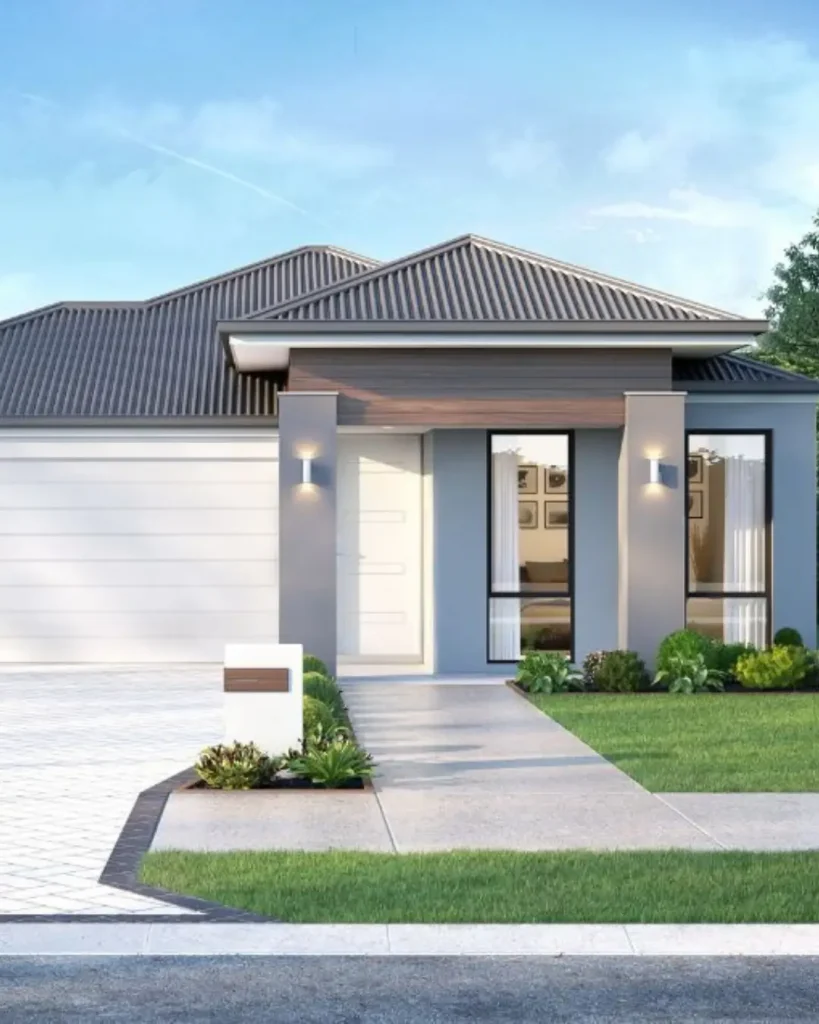
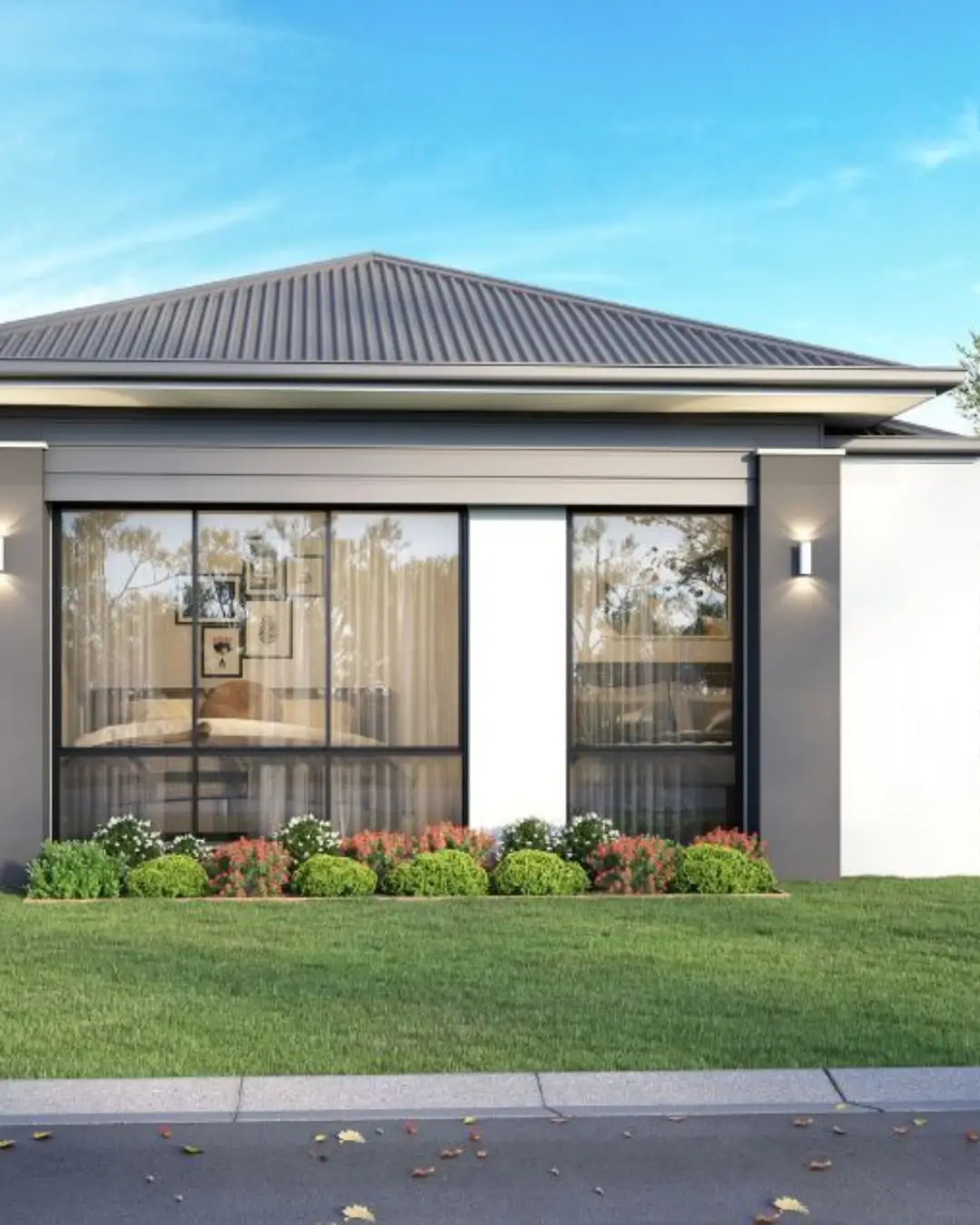
Innovative Storage Solutions
Storage is a key element of future-proofing. Melbourne homeowners increasingly demand homes with practical yet stylish storage.
Storage Ideas:
Walk-in pantries with adjustable shelving
Underfloor storage for seasonal or rarely used items
Built-in wardrobes with modular systems
Outdoor storage integrated into alfresco areas
Proper storage reduces clutter, supports organization, and enhances the home’s functionality for years to come.
Outdoor and Lifestyle-Focused Spaces
Alfresco & Entertainment Areas
Design outdoor areas for long-term enjoyment, including covered decks, retractable glass walls, and integrated outdoor kitchens.
Home Wellness Spaces
Wellness-oriented spaces like home gyms, yoga zones, or meditation areas improve quality of life and future-proof your home for changing health and lifestyle needs.
Low-Maintenance Landscaping
Drought-tolerant plants, smart irrigation, and durable paving materials reduce upkeep while maintaining aesthetic appeal.
Accessibility and Aging-in-Place Design
Even if you’re planning for the present, consider long-term usability:
Step-free entrances and wide doorways
Reinforced walls for grab-bar installation
Non-slip flooring
Open, uncluttered living areas for mobility ease
These considerations make your home adaptable as family needs change over the next decade, avoiding costly retrofits.
Resilient Materials and Construction Techniques
Durable materials reduce wear and tear while supporting long-term sustainability. Consider:
Engineered timber, composite decking, and recycled steel
Stone or concrete benchtops for high-use areas
Weather-resistant cladding for external walls
Scratch-resistant flooring for high-traffic zones
Investing in quality materials ensures your rebuilt home remains low-maintenance and long-lasting.
Designing for Future Tech Integration
The next decade will bring more home technology innovations. Future-proofing means:
Pre-wiring for EV chargers and solar inverters
Space allocation for server or charging hubs
Room layouts that accommodate new appliances and entertainment tech
Planning for technological growth ensures your home stays modern without major renovations.
How Radevo Living Helps You Future-Proof Your Home
At Radevo Living, we guide homeowners through every stage of future-proofing a rebuilt home. Our services include:
Tailored design solutions aligned with your lifestyle and future needs
Integration of sustainable and energy-efficient materials
Smart home and storage planning
Outdoor, wellness, and entertainment space design
Transparent pricing and efficient project management
Handling council approvals and compliance
Our goal is to deliver homes that not only meet today’s expectations but continue to provide comfort, value, and adaptability for the next 10 years and beyond.
Start Future-Proofing Your Melbourne Home Today
Future-proofing isn’t just about adding features—it’s about designing a home that adapts to your family’s evolving lifestyle, technology, and environmental requirements. With Radevo Living, your rebuilt home will be a lasting investment in comfort, efficiency, and value.

